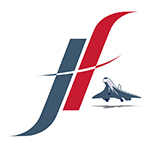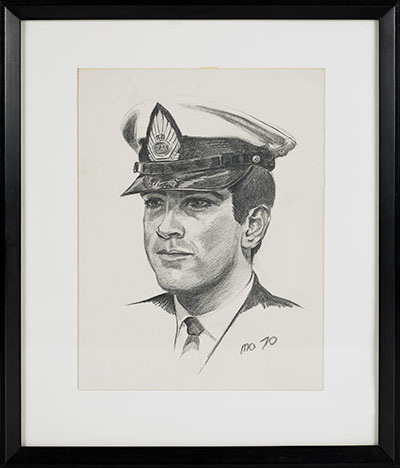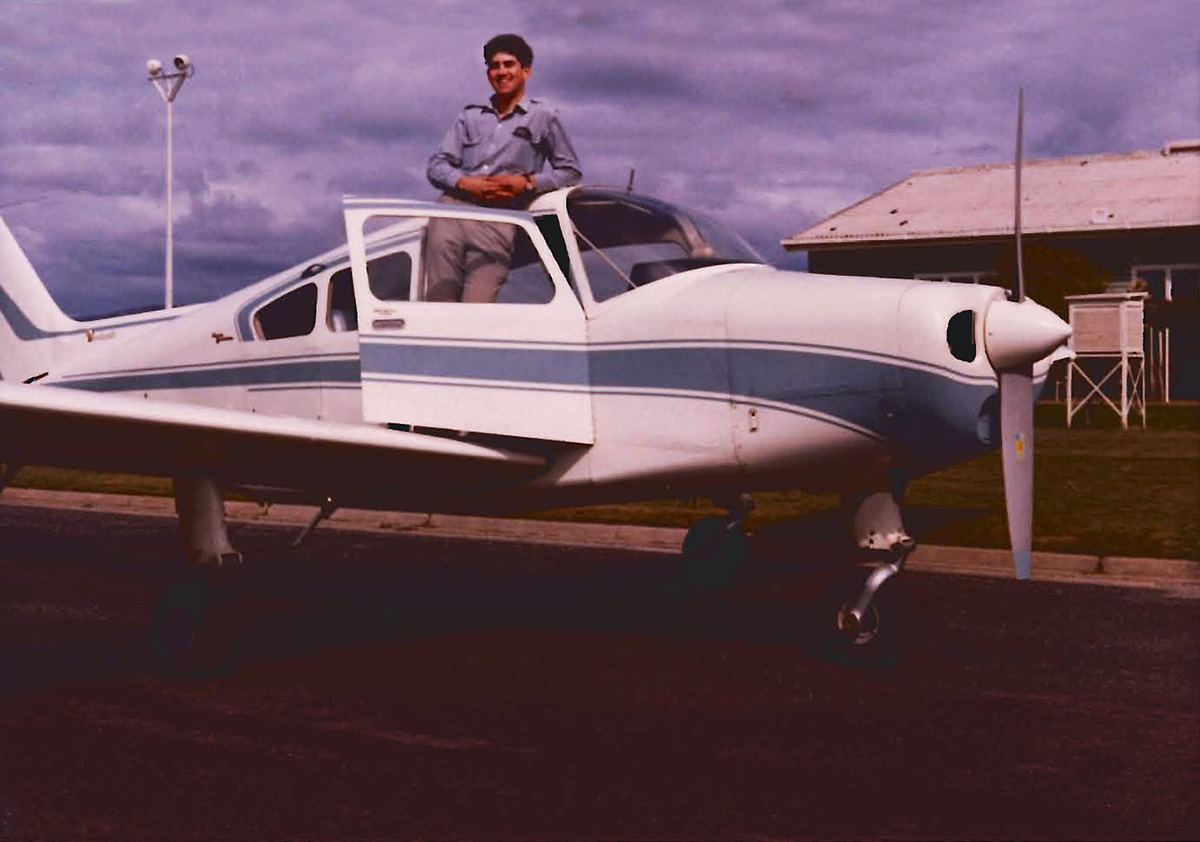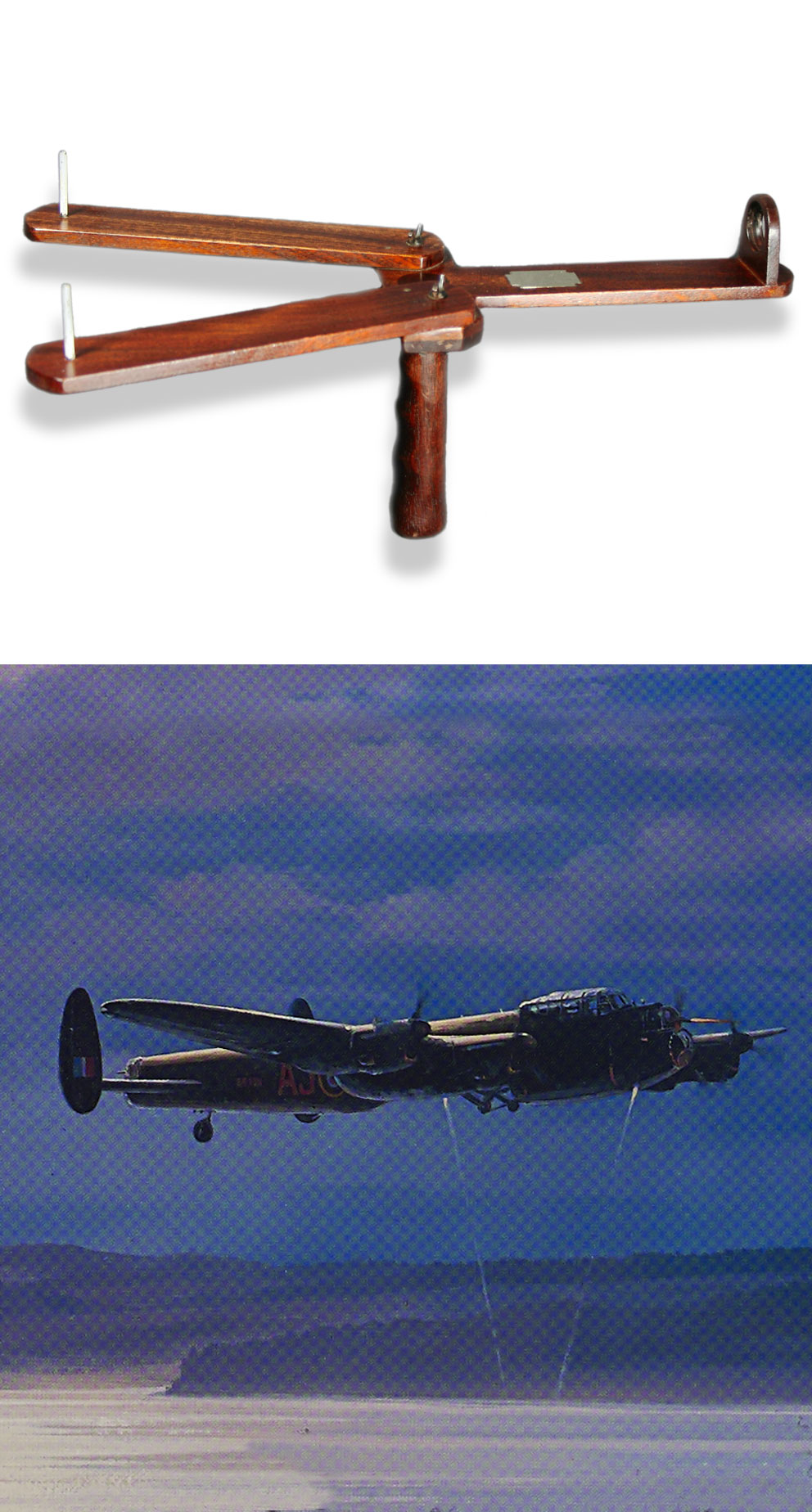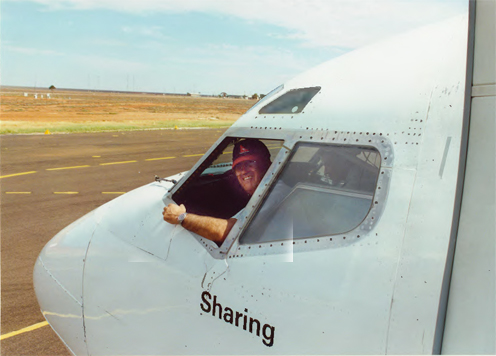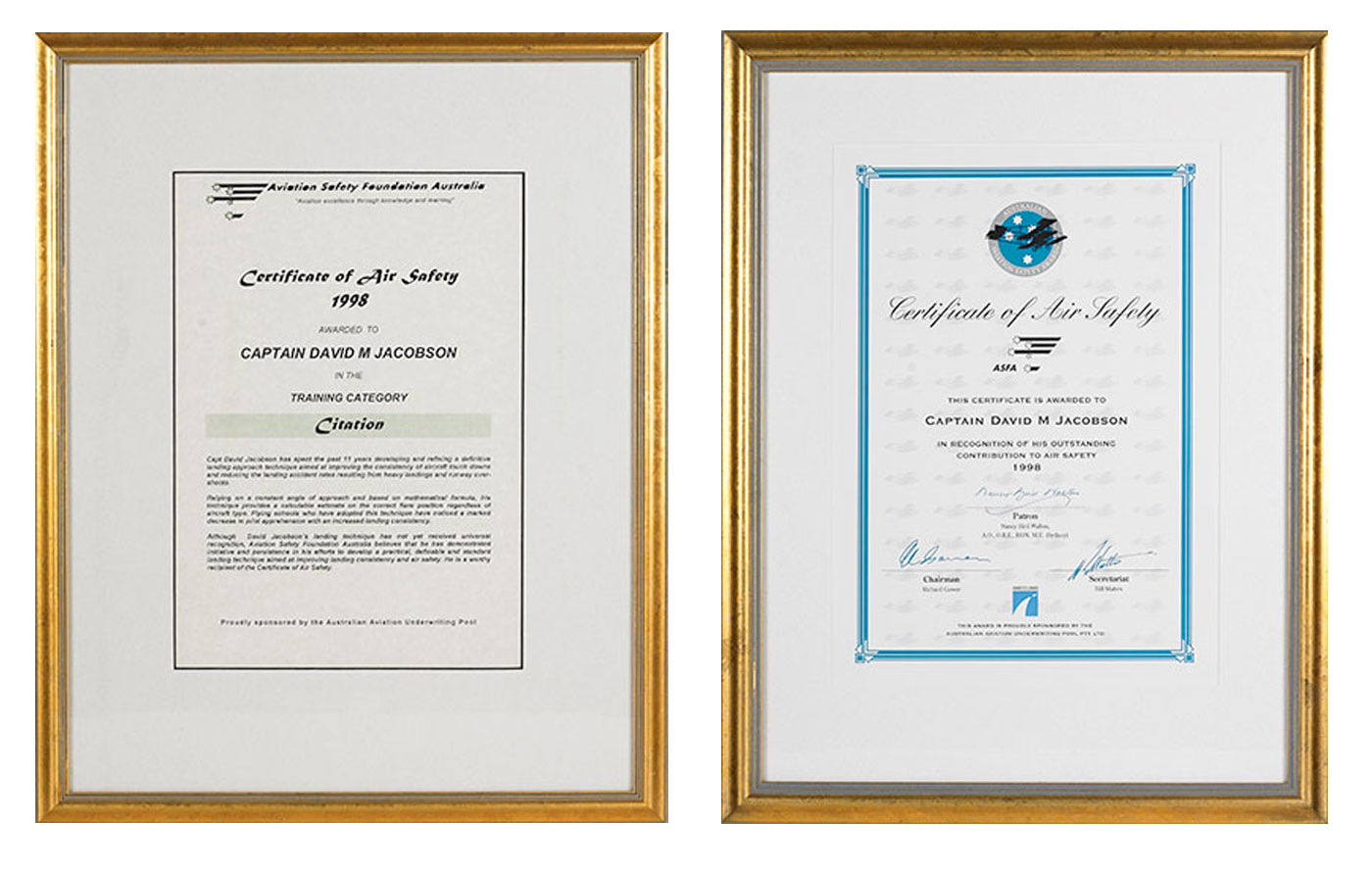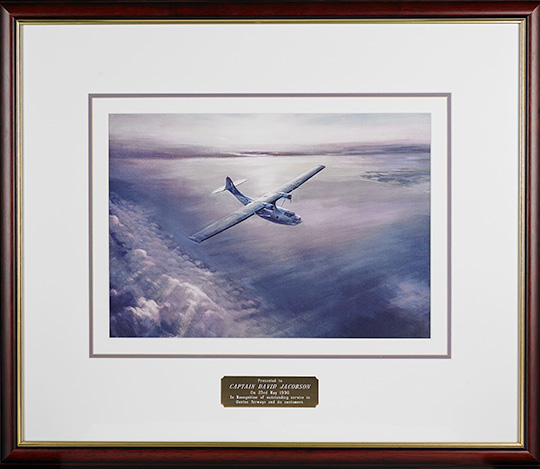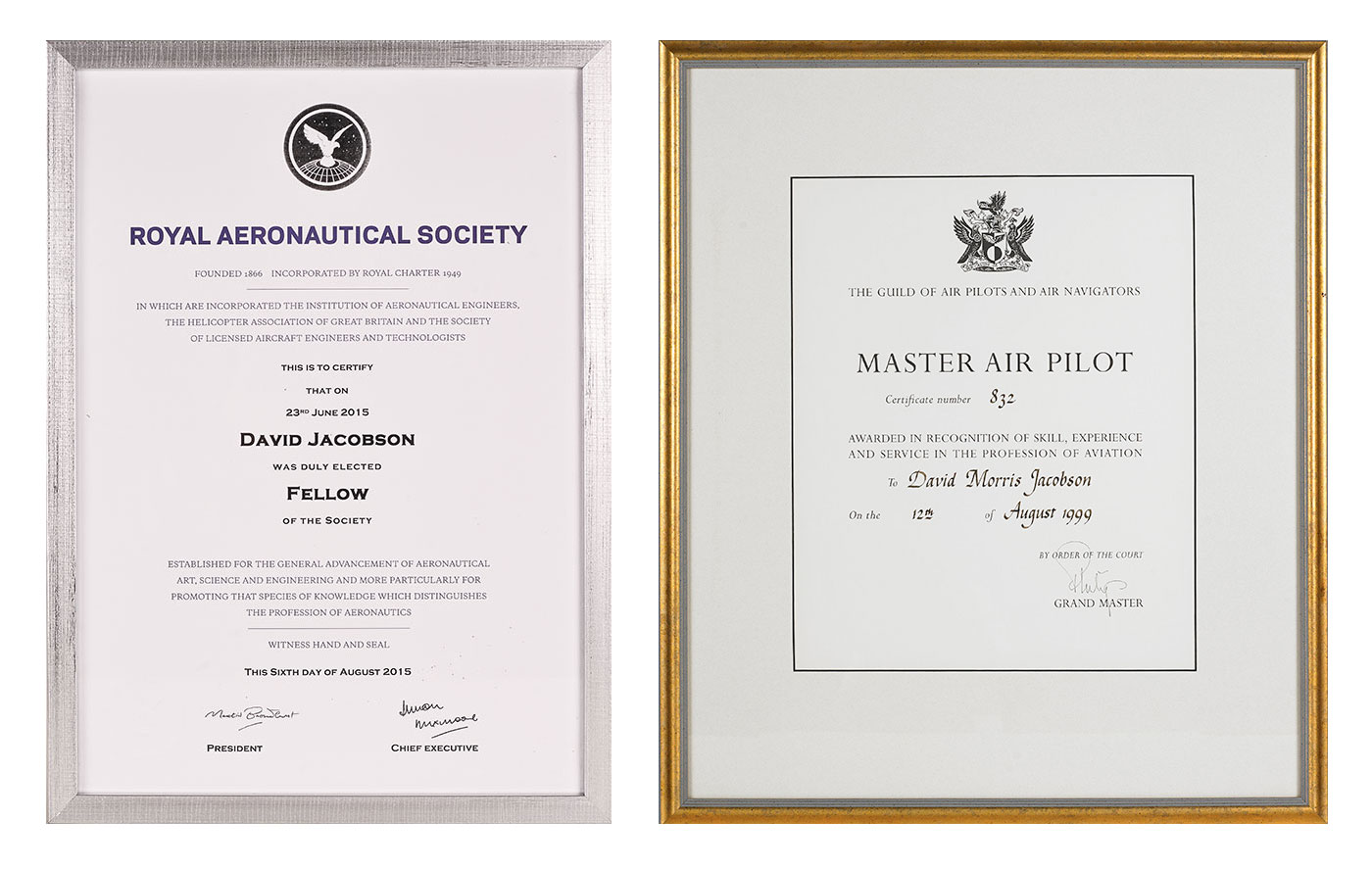Captain David Jacobson retired from QANTAS Airways Ltd, after 40 years with the company and its illustrious Australian domestic predecessors. He had earlier commenced his dream job as a pilot with Trans-Australia Airlines (TAA)/Australian Airlines Ltd in 1970. He logged 24,000 hours (including 4,900 hours of flight instruction and more than 15,000 hours on the B737. Moreover, much of this was flown as a training captain and check-and-training captain which regarded among the most satisfying chapters of his career. Another career highlight was founding (in 1991) and serving as Founding Co-ordinator for PAN (Pilots Assistance Network) in Australian Airlines. He retired totally fulfilled, yet always remains an aviator at heart.
He also remains dedicated to boosting aviation safety and flight training efficiency. Since 1985, he has been encouraging the aviation industry to take its greatest ever single step in improving landing safety.
As a matter of fact, this step is something David saw lacking, back in the very early days of his aviation career.
